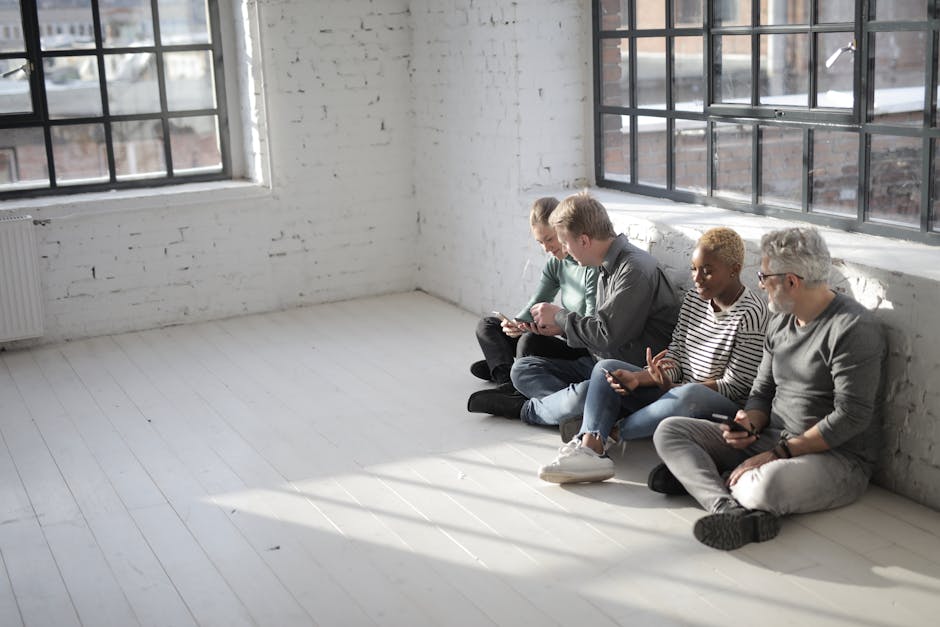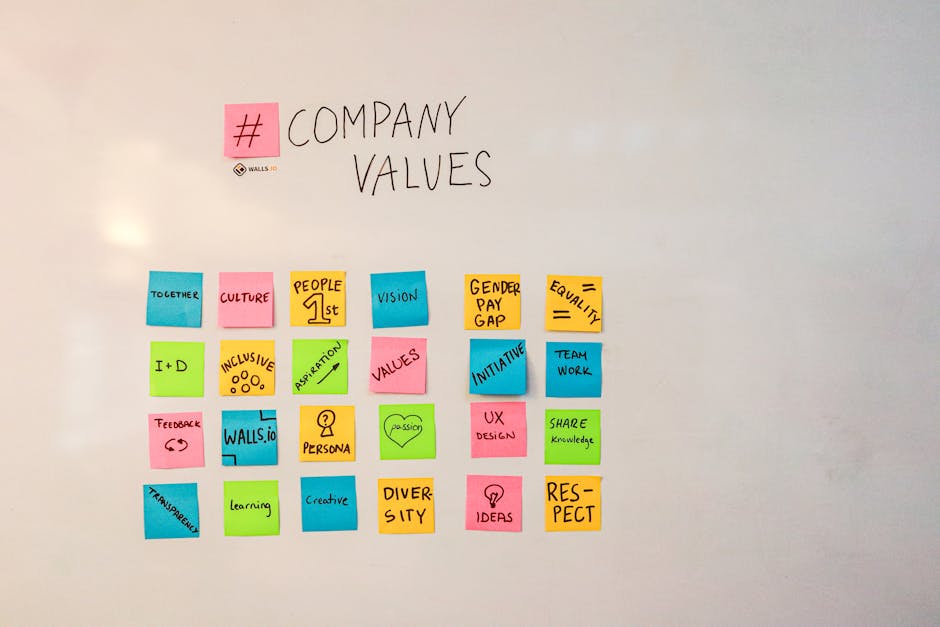Workplace Design Strategies to Attract and Retain Top Talent
“In today's competitive job market, companies must prioritize workplace design to attract and retain top talent. By implementing strategies that foster collaboration, flexibility, and well-being, organizations can create an environment where employees thrive and feel valued. This article explores key workplace design elements that contribute to employee satisfaction and loyalty. ”

In today's highly competitive job market, attracting and retaining top talent is a critical challenge for organizations. One often overlooked factor that can significantly impact an employee's decision to join or stay with a company is workplace design. A well-designed office space not only boosts productivity and collaboration but also enhances the overall employee feedback workplace experience, leading to increased job satisfaction and loyalty.

The Power of Flexible Workspaces
One of the most effective workplace design strategies is to create flexible workspaces that cater to different work styles and preferences. By offering a variety of work areas, such as quiet zones, collaborative spaces, and lounge areas, employees can choose the environment that best suits their needs at any given time. This flexibility empowers employees to work in a way that maximizes their productivity and creativity.
Moreover, incorporating adjustable furniture, such as height-adjustable desks and ergonomic chairs, allows employees to customize their workstations for optimal comfort and well-being. This attention to ergonomics demonstrates a company's commitment to its employees' physical health, which can lead to increased job satisfaction and reduced absenteeism.
Fostering Collaboration and Innovation
Another key aspect of workplace design that attracts and retains top talent is the promotion of collaboration and innovation. By designing spaces that encourage impromptu interactions and knowledge sharing, companies can foster a culture of teamwork and creativity. This can be achieved through the strategic placement of communal areas, such as cafes, lounges, and brainstorming rooms.

Additionally, incorporating technology that facilitates seamless communication and collaboration, such as video conferencing equipment and interactive whiteboards, can further enhance the collaborative experience. By investing in tools that support unlocking the power of digital workplace experience, companies demonstrate their commitment to innovation and employee development.
Prioritizing Employee Well-being
A workplace that prioritizes employee well-being is more likely to attract and retain top talent. This can be achieved through the incorporation of biophilic design elements, such as natural light, plants, and organic materials. These elements have been shown to reduce stress, improve mood, and enhance cognitive function, leading to a more positive and productive work environment.
Furthermore, offering amenities that promote work-life balance, such as on-site fitness facilities, meditation rooms, and healthy food options, demonstrates a company's commitment to its employees' overall well-being. By creating a workplace that supports both physical and mental health, organizations can differentiate themselves in the talent market and foster a loyal workforce.

Reflecting Company Culture and Values
Finally, workplace design should reflect a company's unique culture and values. By creating a space that embodies the organization's mission and identity, employees feel a stronger sense of belonging and purpose. This can be achieved through the use of branded elements, such as color schemes, artwork, and messaging, as well as the incorporation of spaces that support the company's specific work processes and goals.

A workplace that aligns with a company's culture and values not only attracts top talent who share those ideals but also reinforces the organization's mission and vision on a daily basis. This constant reminder of the company's purpose can lead to increased employee engagement and retention.
Conclusion
In today's competitive job market, workplace design is a powerful tool for attracting and retaining top talent. By implementing strategies that foster collaboration, flexibility, well-being, and a strong company culture, organizations can create an environment where employees thrive and feel valued. By investing in a well-designed workplace, companies can differentiate themselves in the talent market and build a loyal, engaged workforce that drives long-term success.